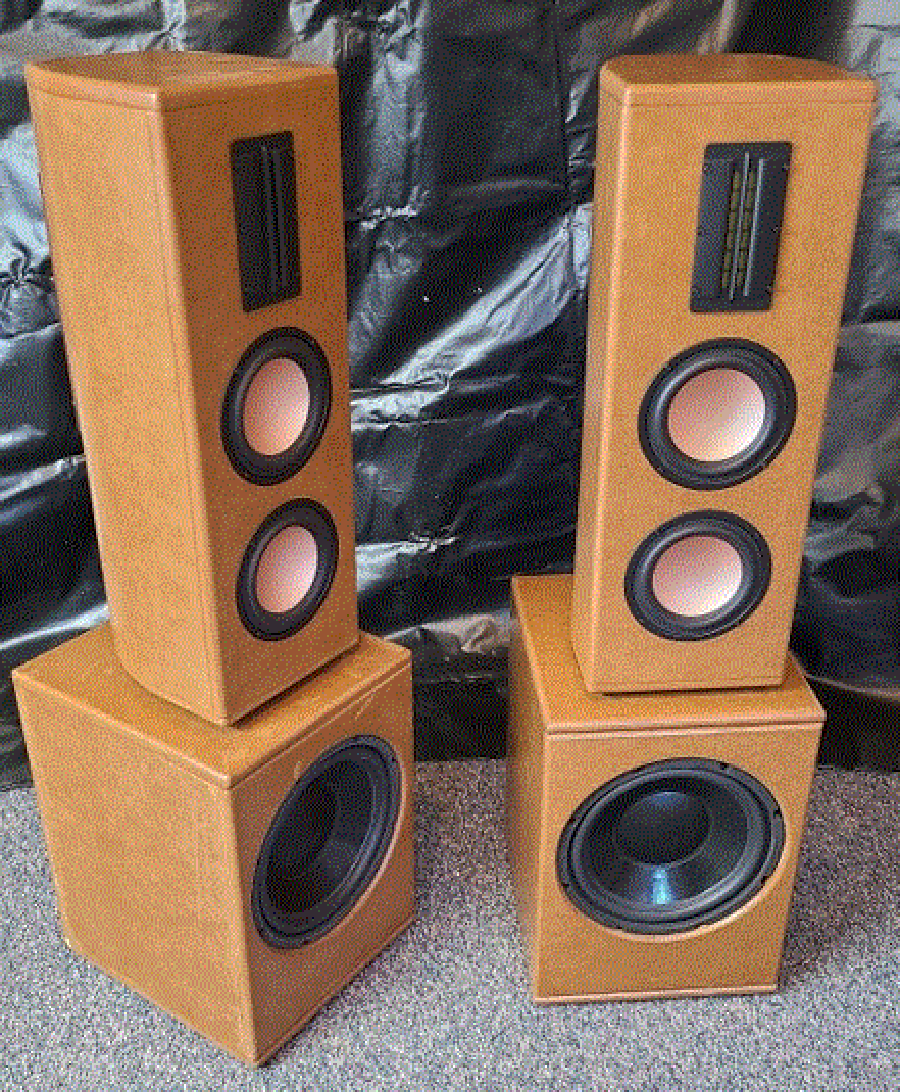
DIY Stereo Towers
Designer:
Nick
Project Category:
Tower Speakers
Project Level:
Intermediate
Project Time:
8-20 Hours
Project Cost:
$100 – $500
Project Description:
This was my first speaker build. I wanted speakers specifically for stereo without the need for a separately placed subwoofer.
I left the crossover visible on the rear of the speaker. So much work goes into this I didn’t want to hide it. The frequency response from XSim turned our very flat. I am very happy with the results.
Design Goals:
The goal was for a relatively inexpensive build that achieves a high quality full range sound.
Driver Selection:
Dayton Audio PT2C-8 Planar Tweeter
Part # 275-085
HiVi M6N 6″ Aluminum/Magnesium Midbass
Part # 297-441
Dayton Audio DCS305-4 12″ Classic Subwoofer 4 Ohm
Part # 295-204
Enclosure Design:
MDF with internal bracing
Enclosure Assembly:
Separate upper and lower cabinets allow for easier placement of the speakers.
Crossover Design:
4th order Linkwitz-Riley at 2500 Hz
Woofer is crossed over at 100 Hz through a AV receiver
Tips & Tricks:
XSim
DIY Audio & Video website for calculators
AudioTool
Parts Express
Conclusion:
The speakers exceeded my expectations.
About the Designer:
I am an aircraft structural engineer who has always had a hobby in home and care audio that likes wood working. This combined the two perfectly.
I will probably never buy a premade set of speakers again.
Project Parts List:
|
Part # |
Description |
Qty |
|
275-085 |
Dayton Audio PT2C-8 Planar Tweeter |
1 |
|
297-441 |
HiVi M6N 6″ Aluminum/Magnesium Midbass |
1 |
|
295-204 |
Dayton Audio DCS305-4 12″ Classic Subwoofer 4 Ohm |
1 |
|
300-807 |
Dayton Audio SPA500 500W Subwoofer Plate Amplifier |
1 |
|
027-236 |
Dayton Audio SPA500 500W Subwoofer Plate Amplifier |
1 |
|
027-436 |
Dayton Audio DMPC-20 20uF 250V Polypropylene Capacitor |
1 |
|
257-052 |
Dayton Audio 1.5mH 20 AWG Air Core Inductor Crossover Coil |
1 |
|
257-044 |
Dayton Audio 0.80mH 20 AWG Air Core Inductor Crossover Coil |
1 |
|
257-030 |
Dayton Audio 0.35mH 20 AWG Air Core Inductor Crossover Coil |
1 |
|
257-022 |
Dayton Audio 0.15mH 20 AWG Air Core Inductor Crossover Coil |
1 |
|
027-426 |
Dayton Audio DMPC-8.2 8.2uF 250V Polypropylene Capacitor |
1 |

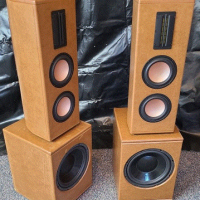
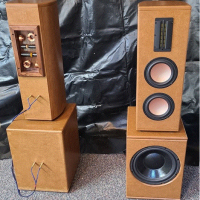
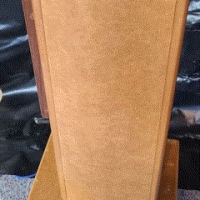
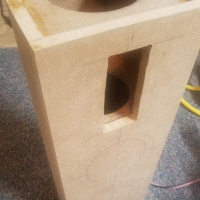
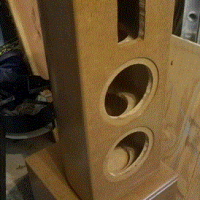
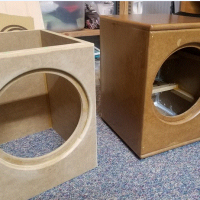
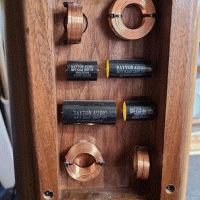
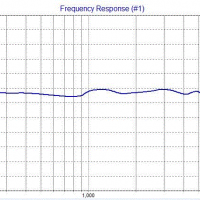
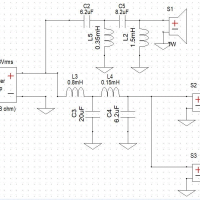
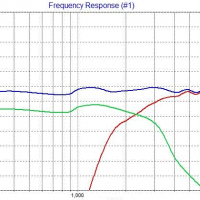
Very nice design. I am considering using your design but going with a larger vented enclosure
I use a separate amplifier to run the 12″ woofers so I can control the gain and frequency which helps with the sealed enclosure. The main speakers are cut off at 100hzs so the woofers take it from there.
I like how you designed these and the frequency response looks great. I am trying to rejuvenate my speakers which I bought in the 70s. I did work on them in 1986 but that was 34 years ago. After I am done this time there be nothing original left. Excellent job you did here.
I don’t understand values for L and C and how you labeled their order. DIY calculator yields much different values for 8 ohm 4th order LR. The tweeters are about 5 db higher SPL so they must be very bright. I see no resistors or an L pad for it. They are great looking set of speakers, kudos for finishing. How did you get those corners, do you have a shaper?
The tweeter is 8 ohm but the 2 mid woofers are 8 ohm wired in parallel so they have an equivalent 4 ohm load. The frequency response chart in the pictures has the blue line as overall. Red is tweeter and green is a singe mid woofer. Since there are 2 mid woofers they equal the blue line.
Sys=total, S1=tweeter, S2=mid woofer#1, S3=mid woofer#2
S3 is not shown on the graph since it is identical to S2
The 4 ohm load and 2 woofers eliminate the need for a L pad.
This is an excellent concept. By keeping your +100 Hz elements in the enclosure with with the smaller baffle width, you’ve helped with establishing imaging that might be less precise with a wider baffle. Plus your midrange drivers don’t have to share air with the sub
I have been considering a similar set up and you’ve helped me decide to go for it. Those crossovers look so good, if there were room, you could have put them on front. Great work.
Can you give approximate dimensions of the enclosures?
The lower enclosure is 14W x 16D x 20T
The upper enclosure is 10W x 9D x 28T
lower cabinet 14w * 16D * 20T
Upper cabinet 10w * 9D * 28T
Great build!! exactly what I was looking for; for the same reason. I have one question though. Can you maybe suggest a (super-type) tweeter to fill in the high-end?